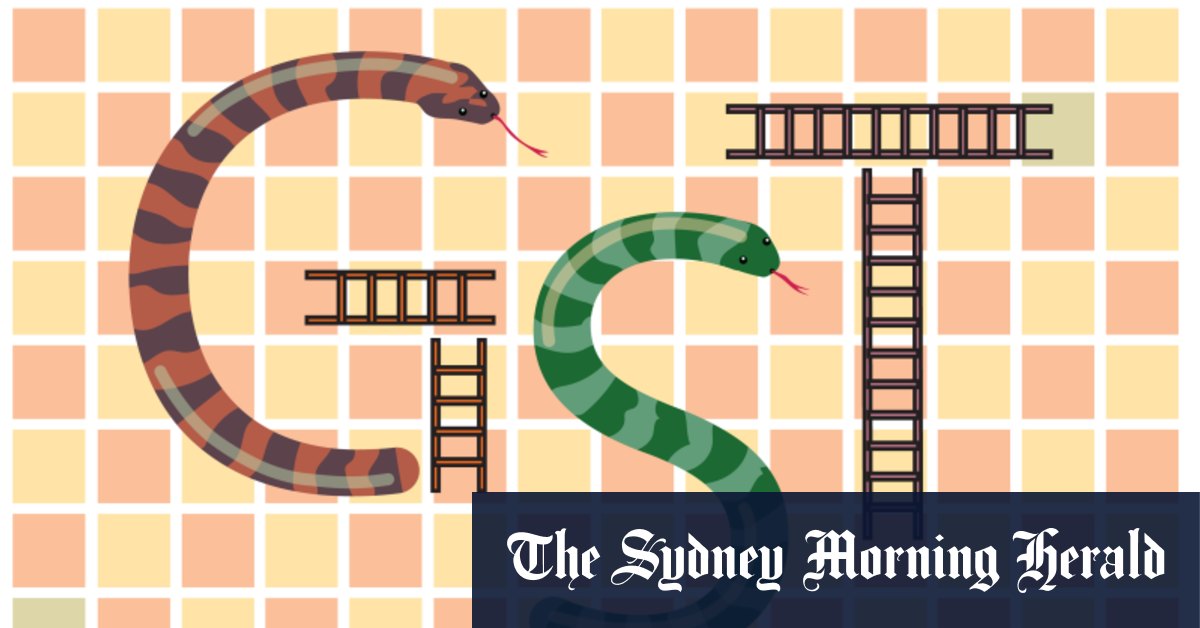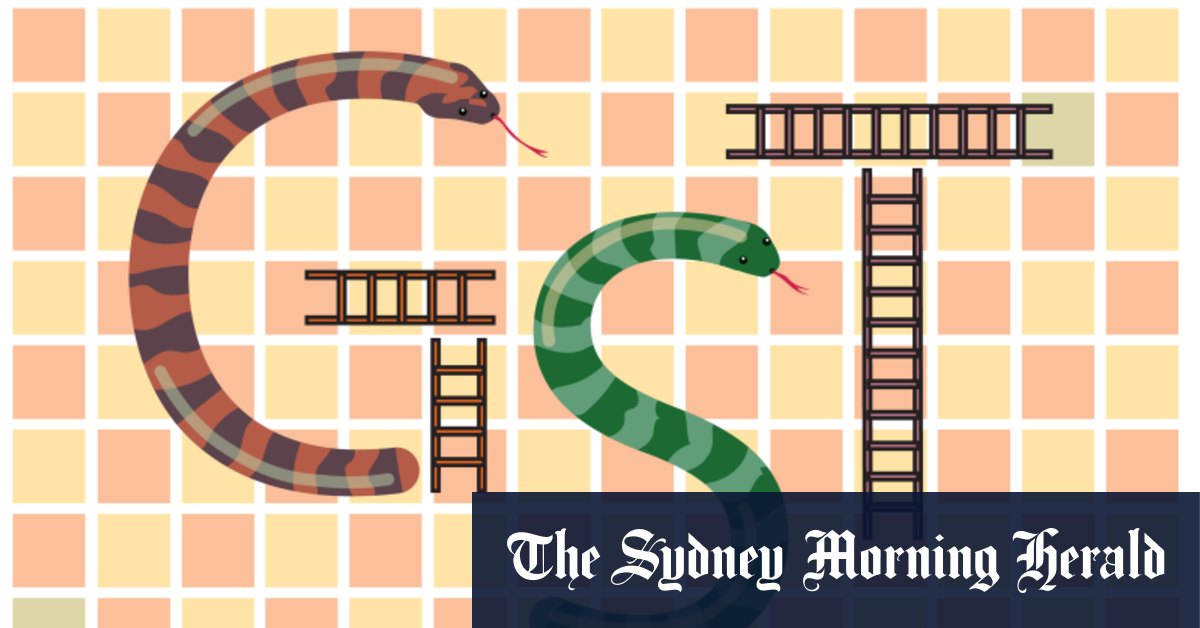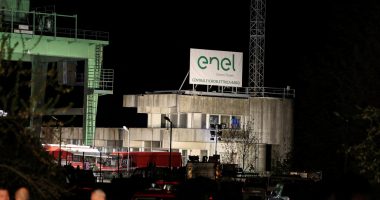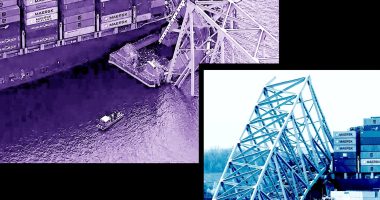
Several sources, speaking on the condition of anonymity so they could talk freely about the meeting, confirmed treasurers had a “lively” debate about the grants commission’s determinations and the difficulty this caused for planning their budgets.
The commission makes public its forecasts for the coming financial year either in late February or early March, leaving little time for state treasurers to reorganise their spending and revenue priorities.
While the commission sets GST allocations for a single year, every state and territory budget sets out four years of forecasts and spending plans. The inability of a state to depend on GST funding beyond a single year was raised by several treasurers in the discussion.
The federal government also struggles with its forecasts. It forecast in the current budget that NSW would receive $27.8 billion in GST but the grants commission recommendation is $26.1 billion.
NSW Treasurer Daniel Mookhey on Monday said the system had to change, repeating his state’s call for GST to be allocated on a per capita basis.
“We need a straightforward system where GST goes back to states based on population. The federal government should then top up the smaller states,” he said.
“This is not wizardry. This is about introducing transparency to the Commonwealth Grants Commission system and enabling all states to anticipate what’s coming in their budgets.”
The idea of requiring the grants commission to be more transparent about its calculations was raised by the Productivity Commission in its 2018 report into the GST carve-up. It also argued its data should be made publicly available along with the commission’s calculations of the impact of that information on all states’ and territories’ GST share.
And it backed the draft rulings on its determinations, giving the states some idea of the possible changes to their GST.
State treasurers want the grants commission to make a mid-year update available to them, so they can prepare for any revenue shocks that might hit their budget planning.
There are also continuing issues with a deal put in place by the Morrison government to protect Western Australia’s share of the GST. Initially forecast to cost federal taxpayers $8 billion over eight years, it is on track to cost $50 billion by the end of this decade.
WA’s GST share climbed another $840 million in the most recent grants commission determination.
Calculations by independent economist Saul Eslake, a critic of the deal, suggest that by next year WA will have received $16.8 billion in extra GST revenue. That would be on top of $4.9 billion delivered to the state between 2018-19 and 2021-22 before the deal became operational.
Read More: World News | Entertainment News | Celeb News
SMH










